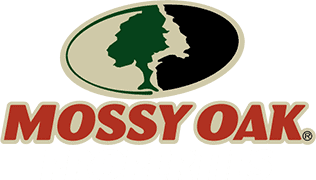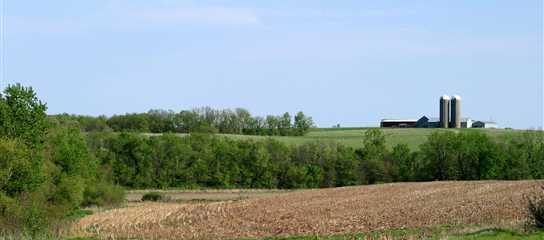Valuing rural land is about figuring out how much a piece of land in a non-urban area is worth. This might sound simple, but it involves looking at a lot of different factors. Things like the size of the property, what you can do with it, and even its natural features can all play a role in determining its value. Rural land is often used for farming, recreation, or investment, so these uses have to be considered as part of the process.
What makes rural land valuation different is how unique each property can be. You are not just looking at square footage or neighborhood comps like with a house. Instead, things like access to water, soil quality, and proximity to markets matter more. Having someone experienced to help you break all this down can make the process less overwhelming.
What Affects the Value of Rural Land?
| FACTORS | WHAT IT MEANS |
| Location | How close the land is to markets, roads, or other infrastructure. |
| Land Features | Terrain, soil quality, and natural resources like water or timber. |
| Utility Access | Whether the property has power, water, or road connections. |
| Zoning Laws | Rules about what you can and cannot do on the land. |
| Market Demand | How popular land is in the area for farming, recreation, or other uses. |
| Environmental Factors | Things like flood risks or wildlife habitats that could impact use. |
| Size of the Property | Bigger land might offer more potential, but it is harder to sell. |
| History of the Land | How the land was used in the past and its current condition. |
Challenges in Valuing Rural Land
Valuing rural land can feel tricky because it does not always follow the same rules as other types of properties. Having someone who knows how to look at these details helps make things clearer.
- Finding similar properties to compare can be tough since rural land varies so much.
- Demand for land often changes depending on the season or how people are using it.
- Records about the property might not be complete or easy to track down.
- Local laws and zoning rules could limit what you can do on the property.
- Access to things like water, electricity, or roads is not always guaranteed.
- Water rights and natural resources can complicate how much the land is worth.
- Shifts in the market might impact what buyers are willing to pay.
How to Assess Rural Land Value
- Start with a market analysis
Look at other properties in the area that have sold recently. Compare their size, features, and location to get a better sense of what your land might be worth.
- Consider how the land can be used
Think about what the land is good for—farming, recreation, or long-term investment. The more options it has, the more valuable it may be. - Check the rules and regulations
Local zoning laws or environmental protections can affect what you can do with the land. Make sure to check these details early. - Look at utilities and infrastructure
Confirm whether the property has access to basics like water, electricity, and usable roads. Properties without these can be harder to use or sell. - Work with a professional
Someone who understands rural land, like a real estate agent or property specialist, can give you insights you might not get on your own.
How Water and Land Features Affect Value
Water rights can change the entire value of a property. Land with access to water, whether for irrigation or recreation, usually commands a higher price. For example farm land with a reliable water source will sell for more than one that relies on rain alone.
The land’s features also matter a lot. Fertile soil is essential for farming, while hunting properties with plenty of wildlife draw recreational buyers. Natural resources like timber or minerals add value, too. Each of these features makes the land more appealing for specific uses, which boosts its overall worth.
Why Knowing the Value of Land Matters
Knowing how much rural land is worth is about making smart decisions. For buyers, it helps avoid overpaying and gives you confidence that you are getting what you pay for. For sellers, it is the difference between pricing the land so it sells quickly and having it sit on the market for too long.
It also helps when you are planning for the future. Land with good features or multiple uses is a solid investment, holding its value or even increasing over time. Whether you are buying or selling, understanding the value gives you a better chance of making decisions that work for you.
How Mossy Oak Properties Helps Buyers and Sellers
We know rural land inside and out. When you are buying or selling, we go beyond the basics to help you understand everything that makes a property valuable. This includes looking at water rights, zoning rules, natural resources, and everything else that might affect what the land is worth.
Our team is here to walk you through the process step by step, using local knowledge and practical tools to help you make the best decision. Visit one of our offices or check out our land for sale listings to start exploring your options today.


